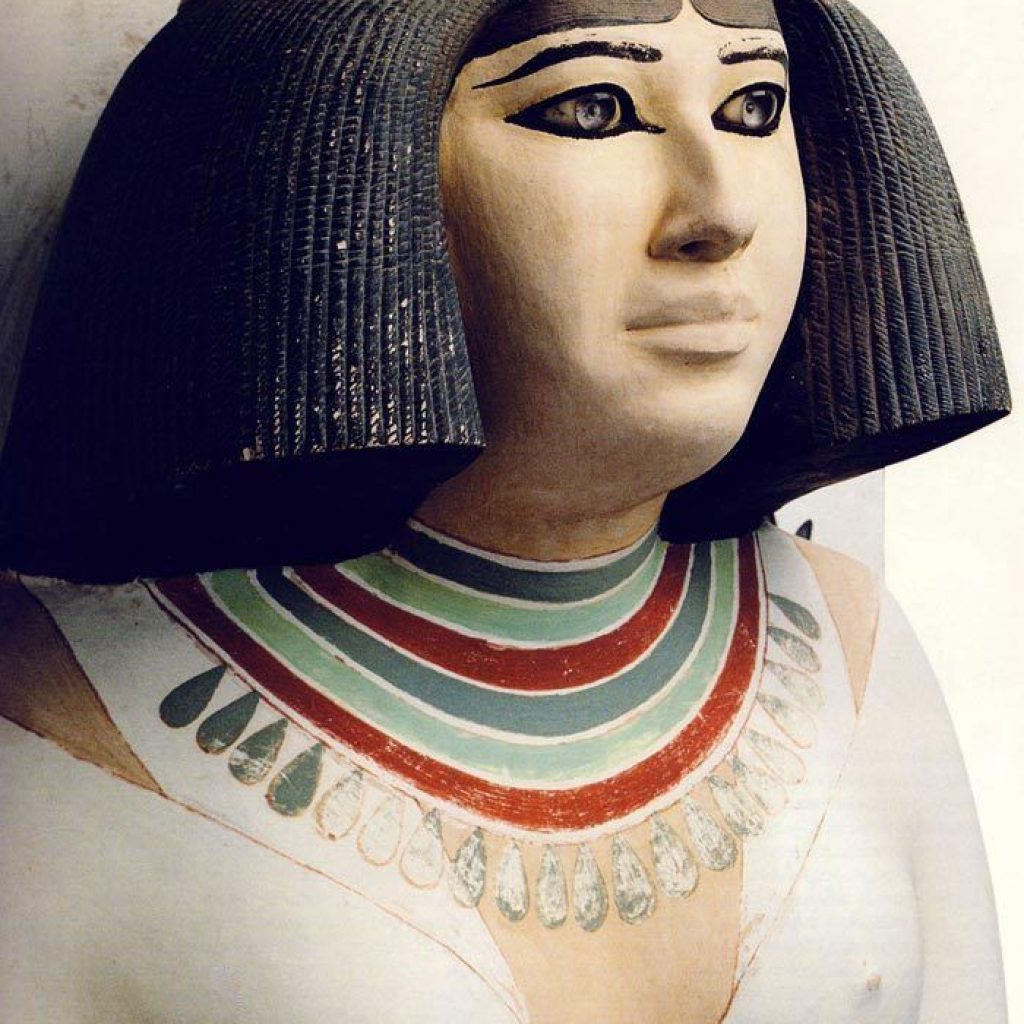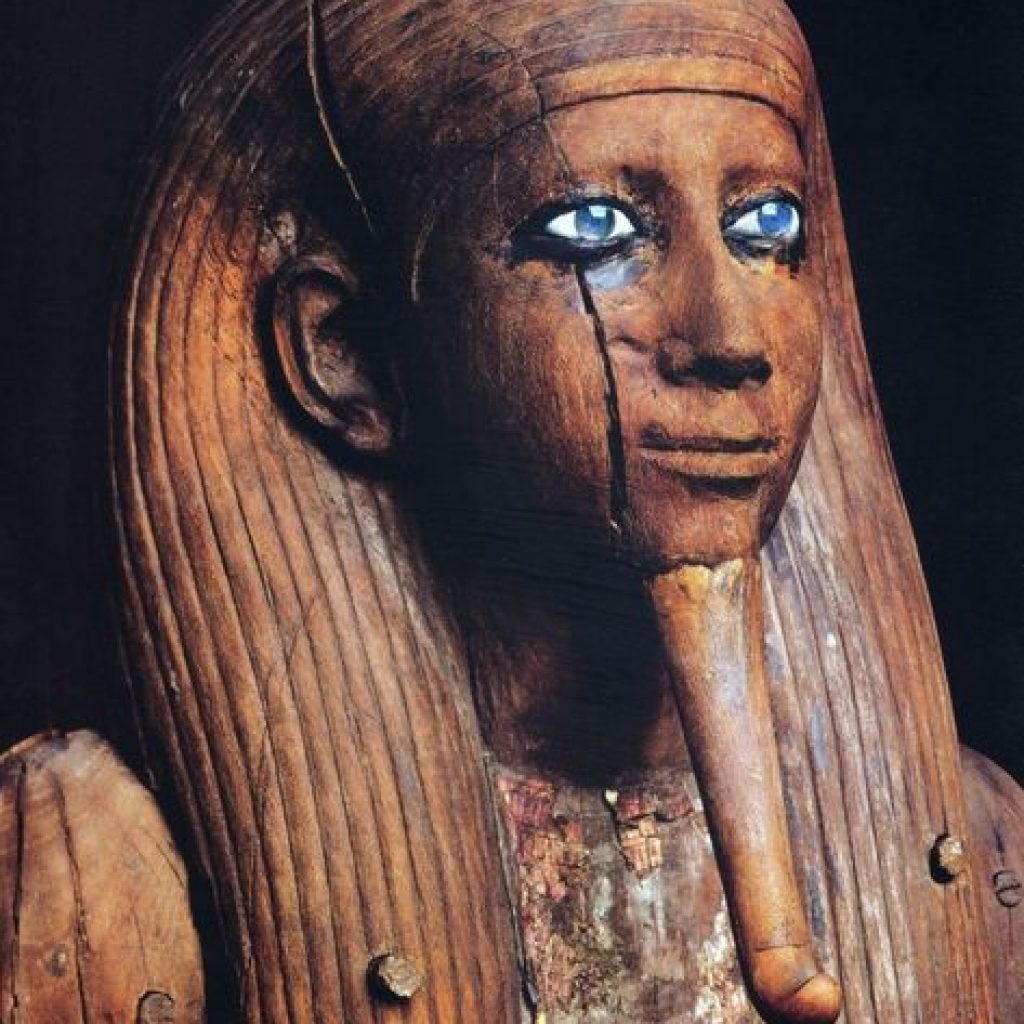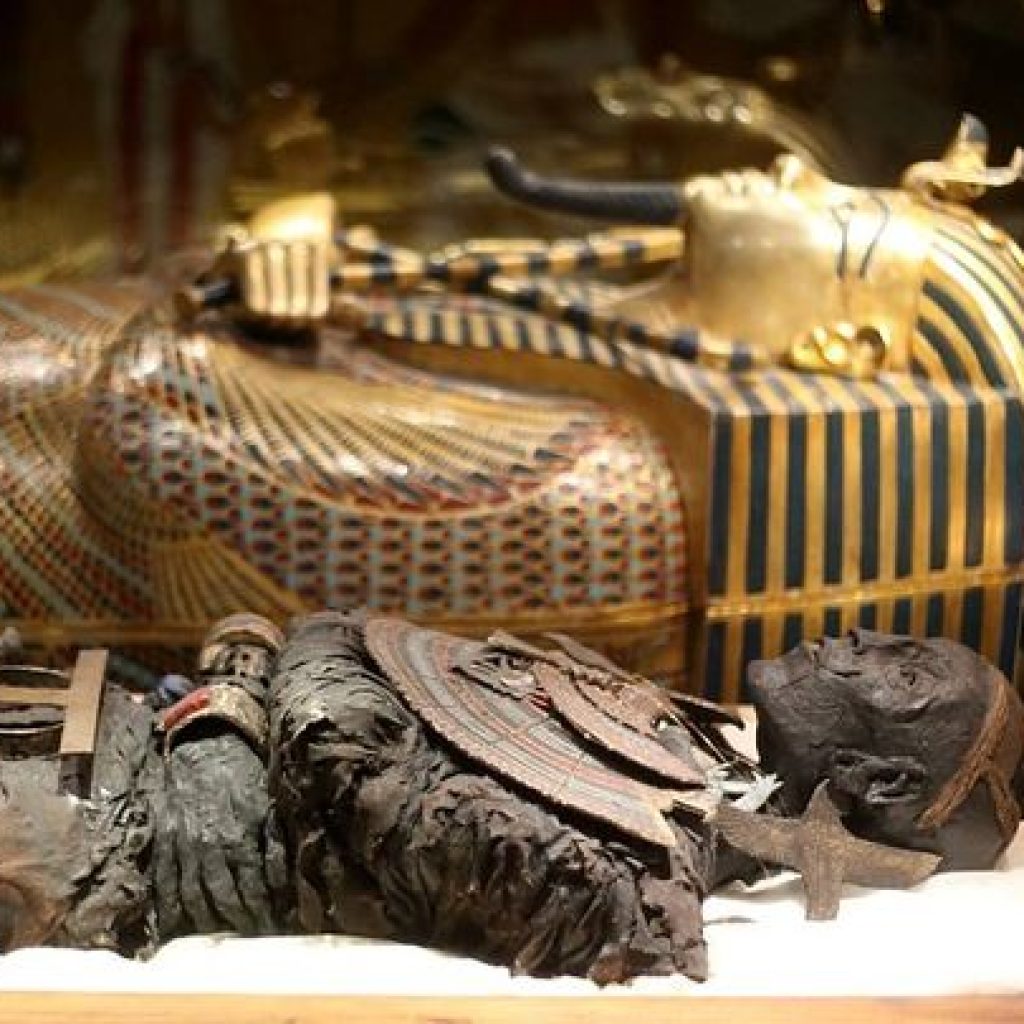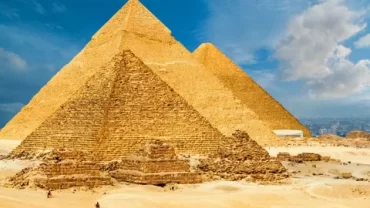
Introduction: Egyptian museum Egypt
Egyptian museum Egypt, stands as a testament to the rich history and cultural heritage of this ancient civilization. Located in Cairo, the capital city, the museum houses an extensive collection of artifacts spanning thousands of years. This article delves into the significance of the Egyptian Museum, its historical background, notable exhibits, and its role in preserving Egypt‘s ancient treasures Egyptian museum Egypt.

Table of Contents: Egyptian museum Egypt
- Historical Background
- Architectural Marvels
- Highlights of the Collection
- Tutankhamun’s Treasures
- Mummies: A Glimpse into the Afterlife
- The Rosetta Stone: A Key to Ancient Egyptian Language
- The Continuing Legacy
Conclusion
FAQs - Historical Background:
The Egyptian Museum was established in 1902 and opened its doors to the public in 1903. Its location was chosen strategically near the iconic Tahrir Square, making it easily accessible to locals and tourists alike. The museum was designed by French architect Marcel Dourgnon, with a blend of neoclassical and Islamic architectural styles. - Architectural Marvels:
The Egyptian Museum’s architecture is a marvel in itself. The building features a grand entrance adorned with intricate carvings, towering columns, and a spacious courtyard. Its interior is divided into various galleries, each housing different categories of artefacts, including statues, jewellery, papyrus scrolls, and more. - Highlights of the Collection:
The museum boasts an awe-inspiring collection of over 120,000 ancient artefacts, making it one of the largest repositories of Egyptian antiquities in the world. Visitors can explore the vast range of exhibits, including statues of pharaohs, intricate sarcophagi, ancient weapons, and everyday objects that offer a glimpse into the lives of ancient Egyptians. - Tutankhamun’s Treasures:
Undoubtedly, one of the most popular attractions at the Egyptian Museum is the collection of treasures from the tomb of Pharaoh Tutankhamun. Discovered in 1922 by archaeologist Howard Carter, the tomb contained a wealth of artifacts, including the famous golden mask, jewelry, furniture, and chariots. These treasures provide invaluable insights into the opulence and religious beliefs of ancient Egyptian royalty. - Mummies: A Glimpse into the Afterlife:
The museum houses an extensive collection of mummies, which were carefully preserved through ancient embalming techniques. These well-preserved remains offer a unique opportunity to study the physical characteristics, health conditions, and burial rituals of ancient Egyptians. The mummy of Ramses II, one of Egypt’s most powerful pharaohs, is among the notable exhibits. - The Rosetta Stone: A Key to Ancient Egyptian Language:
A true gem of the Egyptian Museum is the Rosetta Stone, a granite slab inscribed with a decree issued by King Ptolemy V in 196 BC. This artifact played a pivotal role in deciphering the hieroglyphic script, enabling scholars to unlock the mysteries of ancient Egyptian writing. The Rosetta Stone is a testament to the museum’s contribution to Egyptology and its significance in understanding ancient civilizations. - The Continuing Legacy:
The Egyptian Museum continues to be a hub of research and preservation. It hosts various educational programs, workshops, and exhibitions that aim to promote awareness and understanding of Egypt’s rich cultural heritage. The museum also collaborates with international institutions to conduct archaeological excavations and restore damaged artifacts.

Conclusion: Egyptian museum Egypt
The Egyptian Museum in Egypt is a mesmerizing repository of ancient marvels, inviting visitors on an enthralling voyage across the ages. With its extensive assortment of artifacts, such as Tutankhamun’s treasures, mummies, and the Rosetta Stone, the museum offers unparalleled glimpses into the captivating realm of ancient Egypt. It serves as a crucial guardian of Egypt’s cultural legacy, ensuring that future generations can cherish and appreciate their rich heritage.
The museum’s collection is an extraordinary treasure trove, brimming with insights and revelations. The captivating exhibits, including the renowned artifacts of Tutankhamun, unveil the opulence and grandeur of Egypt’s ancient rulers. Delicate jewelry, ornate furniture, and the iconic golden mask of the boy king provide a window into the extravagance and religious beliefs of a bygone era.
Among the most intriguing displays are the meticulously preserved mummies, testaments to the elaborate burial rituals and the ancient Egyptians’ belief in the afterlife. These remarkably well-preserved remains offer a rare opportunity to study the physical attributes and cultural practices of the past, illuminating the lives of those who dwelled in the distant sands of time.
Another remarkable artifact housed within the museum’s hallowed halls is the Rosetta Stone. This ancient slab of granite, inscribed with a decree from King Ptolemy V, played a pivotal role in deciphering the enigmatic hieroglyphic script. It served as the key that unlocked the mysteries of ancient Egyptian language and opened new avenues of understanding for scholars and enthusiasts alike.
By safeguarding and showcasing these invaluable treasures, the Egyptian Museum fulfills a crucial mission in preserving Egypt’s cultural heritage. It stands as a guardian, protecting the legacy of a civilization that has fascinated and intrigued the world for centuries. The museum’s efforts ensure that future generations can explore, appreciate, and learn from the rich tapestry of Egypt’s past, fostering a deep sense of pride and connection to their roots.
In summary, the Egyptian Museum in Egypt is an enchanting haven of antiquity, offering an immersive journey into the mystique of ancient Egypt. Its vast collection of artifacts, ranging from Tutankhamun’s treasures to mummies and the Rosetta Stone, provides invaluable insights into the grandeur, customs, and beliefs of a bygone era. As a custodian of Egypt’s cultural heritage, the museum plays a pivotal role in preserving and sharing these treasures, allowing future generations to marvel at the wonders of their ancestors.

FAQs: Egyptian Museum Egypt
- How old is the Egyptian Museum?
- The Egyptian Museum was established in 1902, making it over a century old.
- Where is the Egyptian Museum located?
- The Egyptian Museum is located in Cairo, the capital city of Egypt.
- What is the most famous exhibit in the museum?
- One of the most famous exhibits in the Egyptian Museum is the collection of treasures from the tomb of Pharaoh Tutankhamun.
- Can visitors see mummies at the museum?
- Yes, visitors can see a vast collection of mummies at the Egyptian Museum, which offers a glimpse into ancient Egyptian burial practices.
- What is the significance of the Rosetta Stone?
- The Rosetta Stone played a crucial role in deciphering ancient Egyptian hieroglyphs, leading to a greater understanding of the civilization’s language and culture.
- Does the museum offer educational programs?
- Yes, the Egyptian Museum hosts various educational programs, workshops, and exhibitions to promote awareness and understanding of ancient Egyptian culture.
- Does the museum collaborate with international institutions?
- Yes, the Egyptian Museum collaborates with international institutions for archaeological excavations and restoration projects to further research and preservation efforts.





Comment (0)